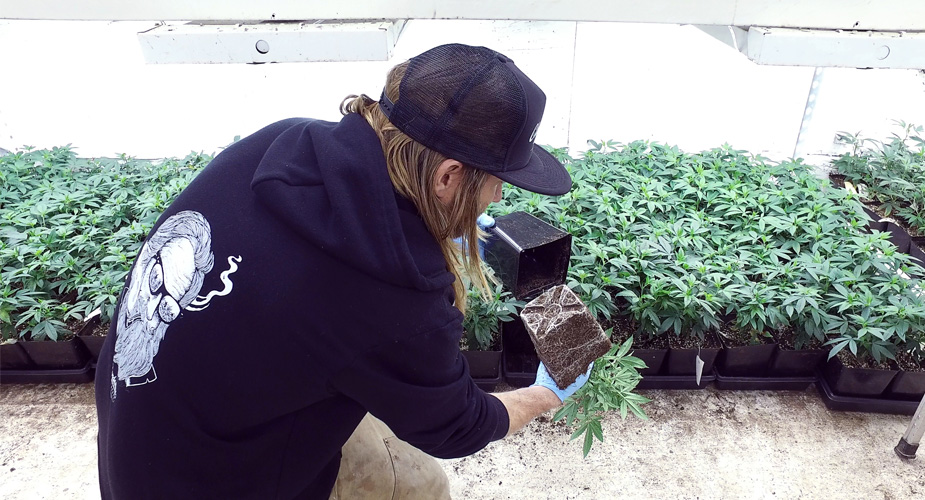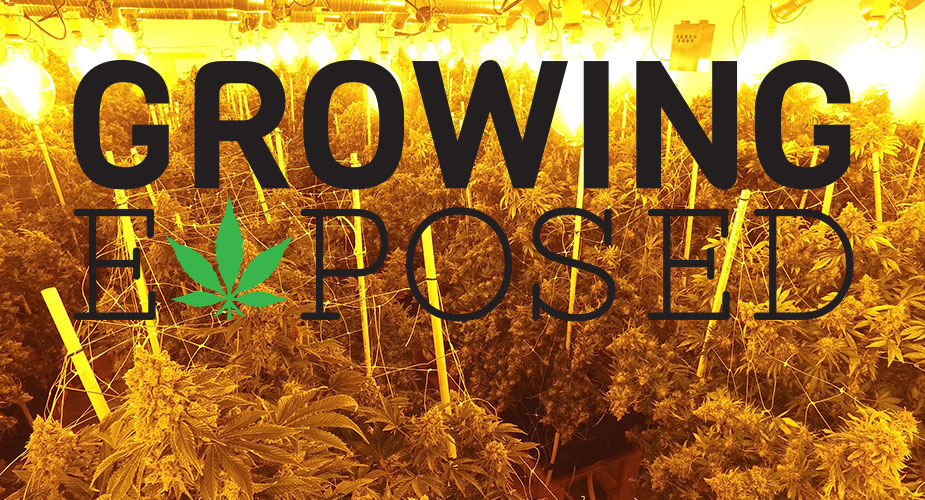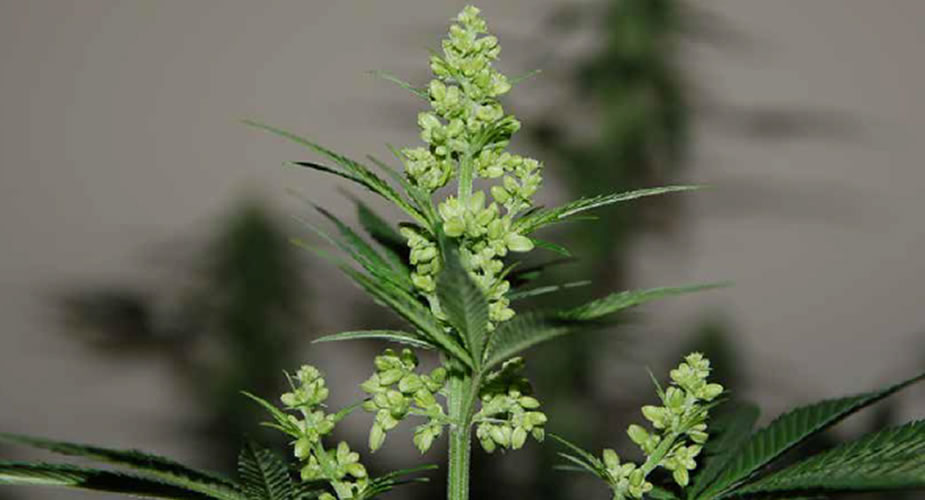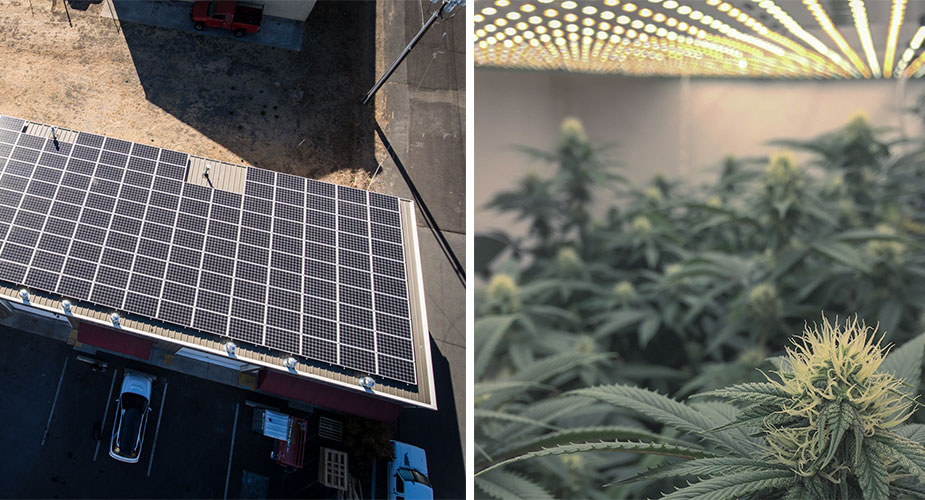When Initiative 502 was passed by voters in Washington State, the liquor control board took charge of regulating the new marijuana laws; allowing growers like Ian Kaplan to open up his operation named, “Clandestine Gardens.” A play on words based on the history of growing this plant, Ian picked a really cool company name for this operation; which is nestled up next to a Northwest border town. Being surrounded by acres of farmland, the only neighbors that were evident were cattle. And, when we popped our head inside the door that was marked with a spray-painted stencil that read “Under 21 Not Admitted,” we didn’t exactly find any high-tech innovations at Clandestine Gardens. But, that is exactly how the owner, Ian Kaplan likes it. Ian is a down-to-earth guy who prefers the old-fashioned way of doing things. His setup can be labor-intensive and his team, although hard-working, likes to have a lot of fun.
Ian is a down-to-earth guy who prefers the old-fashioned way of doing things.
Clandestine Gardens was converted over from an old mushroom farm where Ian had worked as a teen. When he took over, he added a skate ramp to make the place truly his own and created a company culture that represented snowboarders and skaters at the time. What he didn’t change was the large wooden grow tables that existed within the building. These tables-on-wheels are packed so tightly, that accessibility can become an issue, so when they want to work on plants, they have to roll them into the hallway like a big game of Tetris and hand water each bed. It may not be automated, but Ian, along with family members and crew has proven they don’t mind getting a little dirt under their fingernails to grow some of the highest-quality cannabis around.
As a smaller farm, they produce an average of 12-20 lbs per room. The system runs efficiently for the hand-trim crew to finish a week’s worth of work before moving on to the next. There is always work to be done and no need to switch crews. As opposed to growing a single room containing only one strain, Clandestine Gardens can offer a consistent variety of high–quality cannabis.
Storing all these plants isn’t easy. Ian’s propagation room gets crowded fast. Because of this, Ian chooses to keep fewer mother plants on hand. Ian chooses to mix it up with an arsenal of strains with a total count of approximately 7000 cannabis plants. Clandestine supplies strains that consumers want the most – complete with their unique labels hand-drawn by a commissioned artist: Pineapple Express, Grandaddy Purple, Cotton Candy, Green Crack, Jackpot, and Clandestine exclusive strains such as 9lb Strawberry; to name just a few.
This garden was recently featured as the first episode in the monthly series called Growing Exposed. Created by Jeremy Deichen who has spent the last year filming some of the most incredible gardens in North America and is now sharing those stories with Stoner Magazine to get an insider’s look into both the facilities and the people behind these grow operations.
“No two gardens are the same, and neither are the characters behind the gardens,” explains David Robinson, the resident expert who has appearances in each show. “What works for Clandestine Gardens may not work for other growers of the same scale. Knowing the ins and outs of the chosen system and its potential pitfalls is crucial. The gardener should understand what the plants need; only then can you manage a system and grow high-quality cannabis.”
A self-proclaimed hillbilly owner and operator of Clandestine Gardens, Ian Kaplan says, “We didn’t think we would sell a fricken gram when we started… and now every day we are sold out.” They have taken a unique way of branding their product and made a real handmade feel out of it. Like a piece of art with each strain getting a unique sticker on it, you almost feel bad about throwing away the packaging after consuming the product.
Now if you want to check out the complete first episode about this garden, it is available for viewing at: GrowingExposed.com




